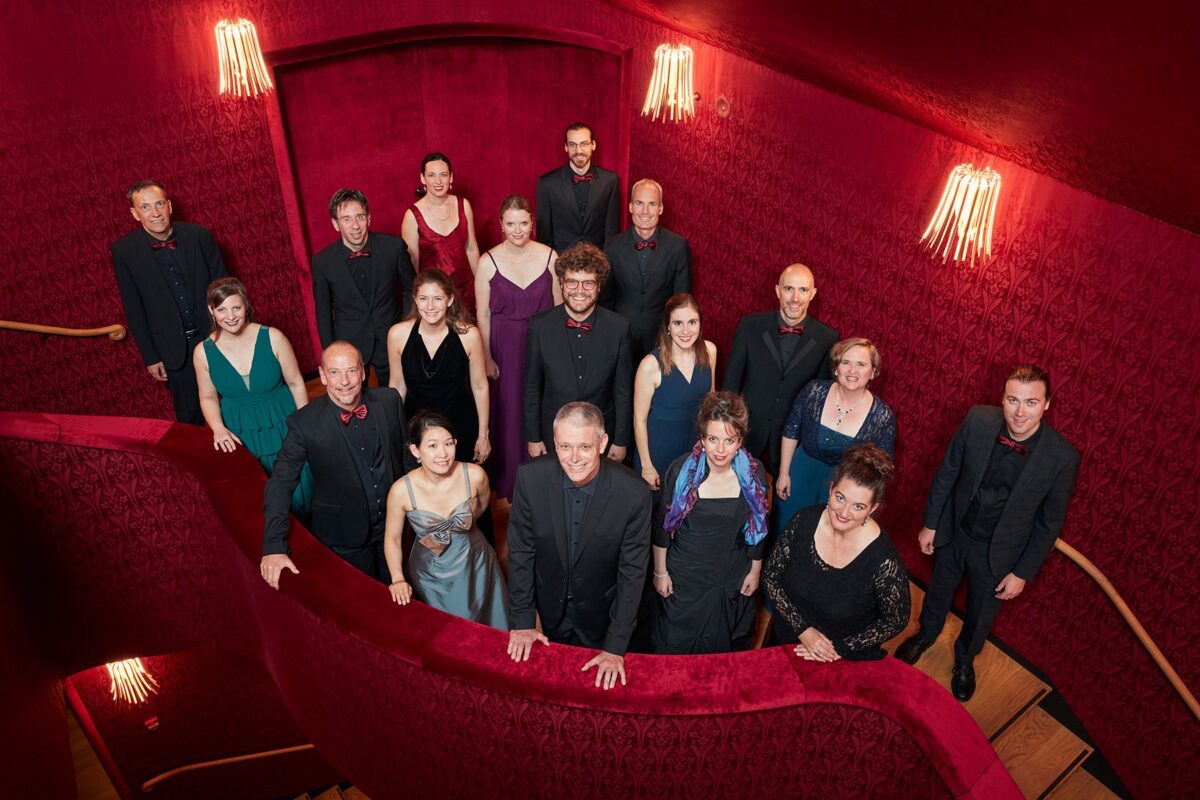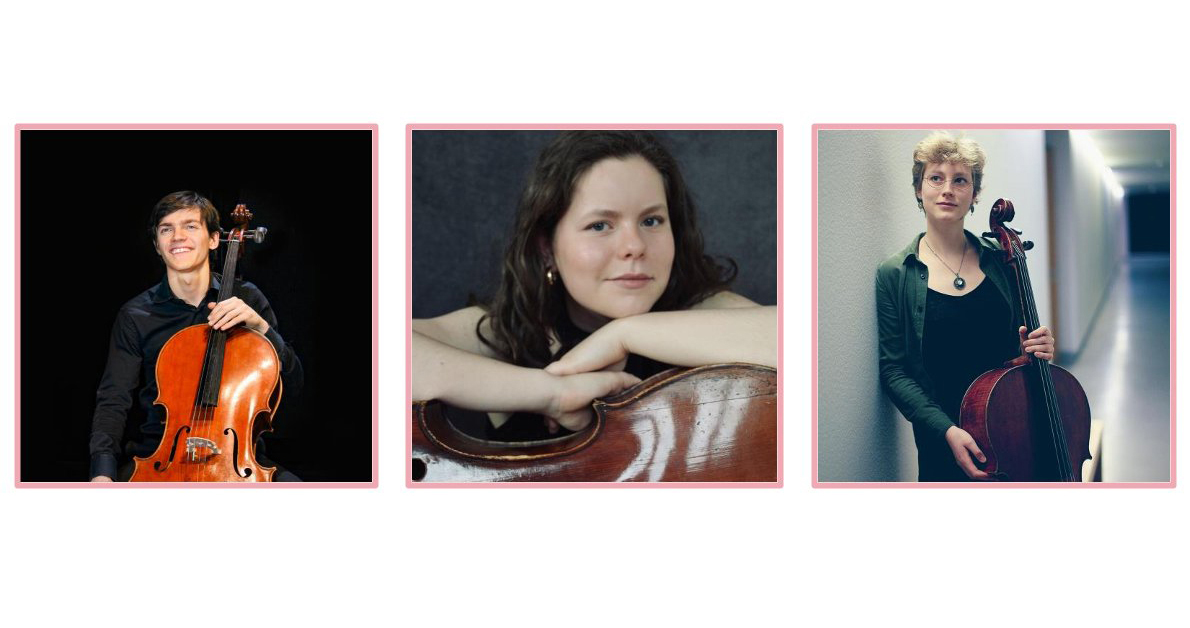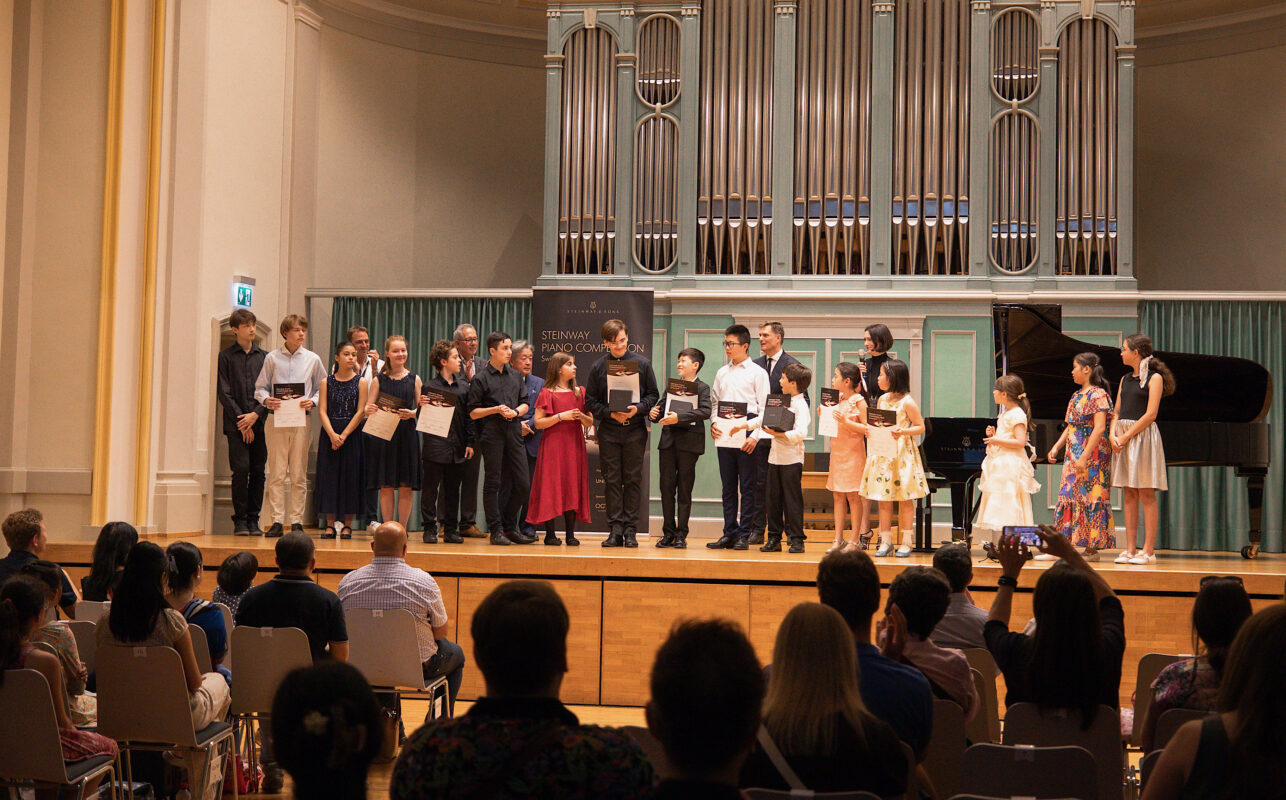Opera as slapstick, in streetcar or box
How could opera work beyond traditional stages and forms? Community Opera in Freiburg, "Kindertotenlieder" and "Im Amt für Todesangelegenheiten" in Lucerne.
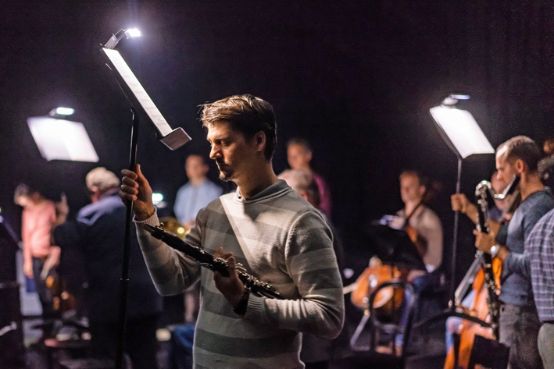
"Opera, that's what many people mean: Two fat people shouting at each other. And in the end, the woman dies," Mustafa Akça stated with a grin at the Freiburg symposium Opera finds the city. Community opera as an interface between contemporary music education and artjointly organized by the Freiburg Community Opera Association and the Young Ears Network. Akça is trying to open up the Komische Oper Berlin to new cultural circles. For several years, he has therefore regularly packed a number of musicians and singers into his opera dolmuş (in Turkey, shared cabs are called dolmuş - Turkish for "cab"). filled) and travels to other parts of the city to perform some scenes from current productions as a pop-up opera in a bar. "Subsidized opera must be there for all sections of the city's population." In the field of opera, the aristocratic structures dating back to the 19th century are particularly entrenched, the panel participants complained. At the Bern University of the Arts, Barbara Balba Weber therefore wants to awaken students' interest in other social groups as early as the training stage. In Fribourg too, as dramaturge Veit B. Arlt says, they want to "get out of the fortress of the municipal theater" and open up other spaces and a new audience.
Opera streetcar in Freiburg i. B.
-
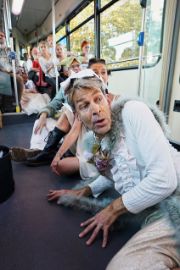
- Photo: Maurice Korbel
A moving streetcar is one such space. However, there is not only space inside for the stage and the premiere audience, but also from the outside, when people waiting at the stops catch a few seconds of the performance with astonished looks. Arlt's idea of turning the audience into tourists traveling through a recreated Breisgau adventure park in the year 2048 is brilliant. Unfortunately, the resulting theatrical tension is not played out any further in Thalia Kellmeyer's production; Freiburg passes by the window without comment. Instead, an amateur choir (conducted by Raffaella Dilles) plays opera-loving Freiburgers who dare to come out of hiding after a thirty-year ban on singing. Conductor Jan F. Kurth has written strongly rhythmic music for the piece, which is somewhat reminiscent of Kurt Weill. At the end, after 45 entertaining minutes, the streetcar turns back into the depot to be greeted by dancing people in the hall. What exactly the opera house of the future will be remains uncertain.
Wooden box in Lucerne
Lucerne's artistic director Benedikt von Peter is also looking for new premises. With the wooden box right next to the Theater he has installed a permanent outdoor performance venue to lower the audience's inhibitions. "There's a danger to life," a child with bunny ears (Fionn Berchtold) screeches through the megaphone. "Their future is at stake!" The audience is then individually and carefully prepared for the hour-long musical theater evening Children's death songs in the dark to his place in the box. A woman and a man (Sarah Alexandra Hudarew and Jason Cox) have turned their backs on each other. British sound artist Matthew Herbert imagines the everyday life of this couple with recorded sounds such as brushing teeth. Only after a ten-minute collage does Sarah Alexandra Hudarew begin Gustav Mahler's first song Now the sun wants to rise so brightlyaccompanied by twelve members of the Lucerne Symphony Orchestra (conductor: Clemens Heil), who are distributed around the room and constantly change places. However, the production fails to stir the audience. The pain is more asserted than felt.
Operetta and revue in the subway
The so-called slapstick opera In the Office for Death Affairs by Klaus von Heydenaber (director: Viktor Bodó) also deals with death - albeit in a rather comedic way. An opera (almost) without text, performed by the agile Lucerne 21st Century Orchestra (musical director: William Kelley) and a soloist ensemble made up of actors and singers. The evening on the main stage of the Lucerne Theater breathes the spirit of operetta and revue, especially as small choreographies are also incorporated. On the second floor is the clinically white Office of Death Affairs, where uniformly dressed and coiffed officials make coffee and fill out notepads (stage: Márton Ágh). Underneath is a filthy subway station, which remains empty for the time being to the grooving, neoclassical sounds from the orchestra pit. The lonely figures then move between the photo booth, hairdressing salon and toilet in a world of their own. Driven by the catchy music, a network of relationships is woven in which the actors find each other, sometimes more, sometimes less. However, there are no real areas of friction. And the slapstick scenes are also manageable. The character of Diana (Schnürpel), who develops from a Russian cleaning lady into a prima donna in a toilet paper dress (costumes: Fruzsina Nagy), is the most striking. The second part takes place in a morgue before the Office of Death Affairs presses the reset button, the music plays backwards and the characters have changed their costumes and thus their identities. Everything could now start all over again under different circumstances - but the opera breaks off at precisely the point that promises suspense.
-
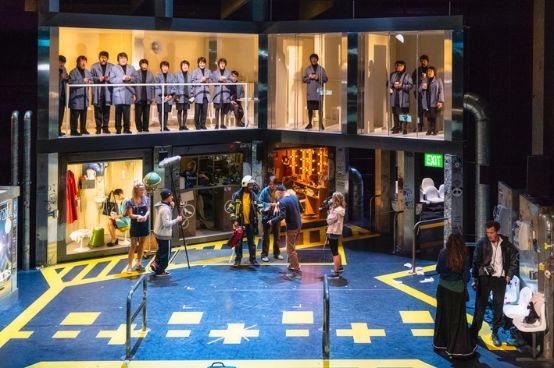
- Photo: Ingo Höhn
- Scene from "Im Amt für Todesangelegenheiten" by Klaus von Heydenaber






